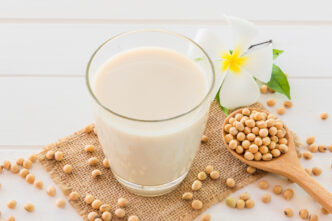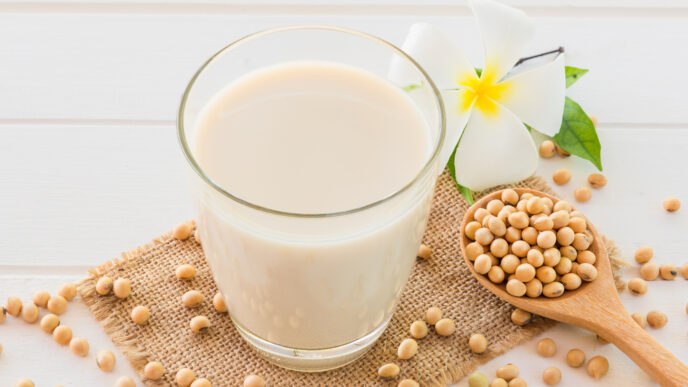Malaysians just love rice — it is hard to imagine a main meal without it! There are many types of “healthy” rice in the market at the moment, catering to health-conscious Malaysians who are seeking an alternative to milled or “white” rice as part of their daily diet.
WORDS DR CHEE HUEI PHING
 FEATURED EXPERT FEATURED EXPERTDR CHEE HUEI PHING Assistant Professor Department of Allied Health Sciences Faculty of Science Universiti Tunku Abdul Rahman (UTAR) |
BASMATI IS BEST?
Basmati rice is famous for its distinct fragrant aroma and its long slender grains.
- The grain originated from the Indian subcontinent, and currently India and Pakistan are some of the largest producers of basmati rice
- Like most rice, basmati rice is available in white or brown forms, depending on the degree of the milling process.
- Brown basmati rice is generally regarded as the healthier option due to its higher nutrient and dietary fibre content.
Brown Basmati Rice
To understand why brown basmati rice is considered a healthier option, let us take a look at what happens when rice grains are processed.
- For brown rice, only the outermost layer of rice, named the hull, is discarded.
- The hull is simply a dry husk, and is inedible, so there is little nutritional value lost in its removal.
- The rest of the rice – the part packed with nutritional goodness – remains intact.
White Basmati Rice
- Requires the removal of the bran layer along with most of the rice germ during a process called milling.
- The aleurone layers that are found under the bran layers are also removed in a process called polishing. Many rice manufacturers do this because the white appearance of rice is traditionally considered more appetizing by many people.
- Also, the bran, germ and aleurone contain fat components that will greatly shorten the shelf life of rice. Removing these components allow the rice to be sold in the market for a longer period of time.
Unfortunately, the removed components also have most of the fat-soluble vitamin content along with dietary fiber, several B vitamins, and minerals.
Therefore, picking white basmati rice over brown ones means losing out on these nutrients.
Not Used to Brown Basmati Rice?
Try mixing brown basmati with white basmati at first.
As we become accustomed to the taste of brown basmati, increase its amount whole while decreasing the amount of white basmati.
Basmati Is a Healthier Rice Choice for People with Diabetes
Generally, most rice contains approximately 20% amylose and 80% amylopectin.
Basmati rice, on the other hand, has with a high amylose ratio of about 28%, and as such, it has been demonstrated to produce a lower blood glucose and insulin response.
Therefore, it is a good choice for rice-lovers who have diabetes or those wishing to reduce their risk of diabetes.
HOW ABOUT PARBOILED RICE?
Parboiled rice, also called converted rice, is actually rice that has been partially boiled in the husk.
- This process allows the starchy endosperm — the white part of the rice — to absorb some nutrients like thiamine that are naturally found in the bran and germ before these outer layers are removed by the manufacturers.
- Hence, this process allows the resulting white rice to retain some B vitamins.
While parboiled rice may have higher nutritional content compared to ordinary processed rice, the most nutritious rice will always be whole grains that retain the nutrient-packed outer layers.
Therefore, as to the choice of basmati rice or parboiled rice, the best option would be brown or whole grain basmati rice.
Is Parboiled Rice Okay for People with Diabetes?
The glycemic index value differs widely between assorted parboiled rice varieties.
- Glycemic index of parboiled rice depends on the severity of processing.
- Specifically, severely pressure parboiled rice reduced the glycemic index by approximately 30% compared to non-parboiled rice.
- Discuss with your dietitian if you plan to include parboiled rice in your diet.
| This article is part of our series on foods and how consuming these foods can affect various aspects of our health. |
References:
- Miller, J. B., Pang, E., & Bramall, L. (1992). Rice: a high or low glycemic index food?. The American Journal of Clinical Nutrition, 56(6), 1034–1036. https://doi.org/10.1093/ajcn/56.6.1034
- Larsen, H. N., Rasmussen, O. W., Rasmussen, P. H., Alstrup, K. K., Biswas, S. K., Tetens, I., Thilsted, S. H., & Hermansen, K. (2000). Glycaemic index of parboiled rice depends on the severity of processing: study in type 2 diabetic subjects. European Journal of Clinical Nutrition, 54(5), 380–385. https://doi.org/10.1038/sj.ejcn.1600969
- Miah, M. a. K., Haque, A., Douglass, M. P., & Clarke, B. (2002). Parboiling of rice. Part II: Effect of hot soaking time on the degree of starch gelatinization. International Journal of Food Science & Technology, 37(5), 539–545. https://doi.org/10.1046/j.1365-2621.2002.00611.x














